Session 13: Energy efficient non-residential buildings
Mittwoch, 15. September 2021
Nicht-Wohngebäude bilden einen großen Teil des Gebäudebestands und stellen besondere Anforderungen an den Planer in Bezug auf ihre Funktionalität. Ob Rumänien, Schottland, Italien oder gar Kanada: In dieser Session werden Vorteile der Konstruktion in Passivhausbauweise herausgearbeitet und anhand von realisierten, energieeffizienten Passivhaus-Nichtwohngebäuden illustriert. Direkte Vergleiche mit konventionell errichteten Gebäuden und Erfahrungsberichte ermöglichen es unseren Referenten, ein differenziertes und vielfältiges Bild vom Nutzen des Passivhaus-Standards für Nichtwohngebäude zu zeichnen.
| Uhrzeit (MESZ) | Vortrag | Referent |
|---|---|---|
| 10.00 Uhr | Begrüßung | 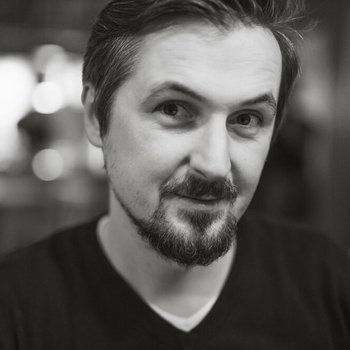 Dragoș Ionuț Arnăutu |
|
10.05 Uhr |
Charting new territory in Passive House: Vancouver Fire Hall 17 PHPP is the central passive house planning tool. Together with other tools, it enables for cost-effective and energy-efficient construction to be reliably planned. Advanced coordination, quality assurance and intensive monitoring of the realized projects ensure that the buildings function as 'planned'. The speakers will present the PHPP and other valuable 'digital tools' and show by example how they are used.
|
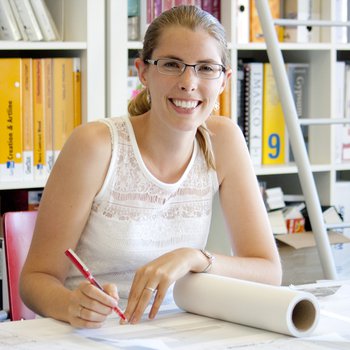 Elise Woestyn | HCMA Architecture + Design
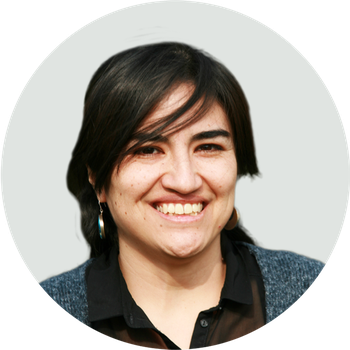 Elena Reyes | Passivhaus Institut |
|
10.20 Uhr |
Lessons learned from the first certified office building in Romania (PHILEB) Designed and built in less than 1 year - from the first sketch to moving in - the new headquarters of the Romanian company SmartWare/Creatopy, is the first office building in the country to be certified as a PHI Low Energy Building. |
 Dragos Ionut Arnautu | Passivhaus Institut 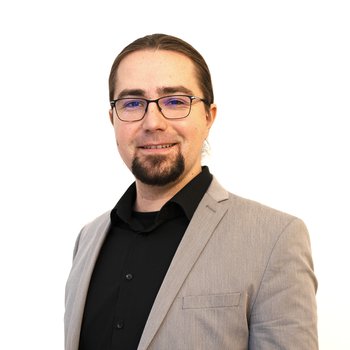 Marius Soflete | Ingeneria Creativa |
|
10.35 Uhr |
A comparison between two identical nurseries in Scotland - one Passivhaus one traditional How do we accurately measure the benefits of Passivhaus? By having two identical buildings - one Passivhaus and one traditional - we now have qualitative and quantitative data for cost, construction, and in-use performance to put it to the test!
|
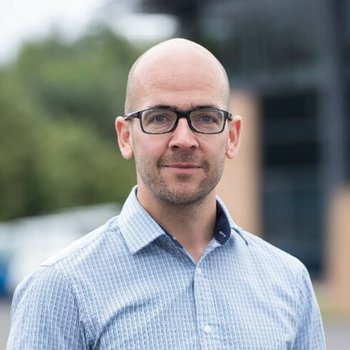 Allan Smith | Galliford Try 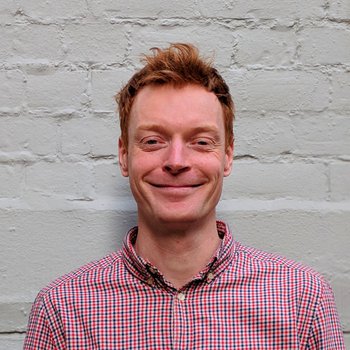 Will South | Etude |
| 10.50 Uhr | Fragen und Antworten | |
| 11.10 Uhr |
Low energy free-running paper stores: Moisture buffering model and monitored data The passive paper archive for Imperial War Museum completed in 2019 is unheated with free-running temperature and largely passive humidity control. Here we describe the model used to estimate moisture conditions in the building and compare with measured data. |
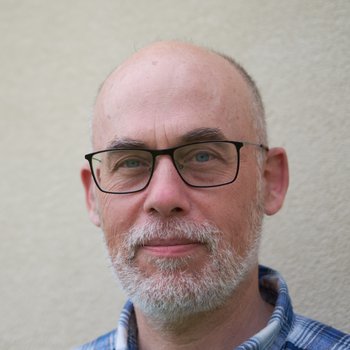 Alan Clarke | Alan Clarke
|
|
11.25 Uhr |
Students' dormitory in Vitoria-Gasteiz /Basque C - Spain: A standard project becomes a PH Vitoria-Basque Country, northern Spain. A new building with 180 rental flats grows. An A-labelled building becomes Passivhaus; its heating demand drops from 93 to 13 kWh/(m²a). How we achieve this: changing the design. We can all make the change by working on efficiency first |
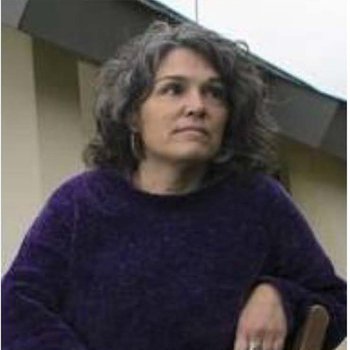 Adelina Uriarte Gonzalo-Bilbao | MUI Passiv SL
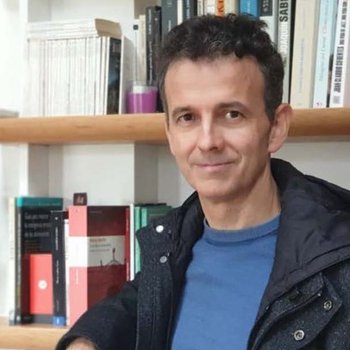 Pedro Mariñeralera Albeniz | MUI Passiv SL |
| 11.40 Uhr |
Enerphit school in Collecchio, Parma Verdi school is the largest EnerPHit in Italy: 3000 sqm with an articulated layout and 3 usage patterns: canteen, gym, classrooms. EnerPHit was not an easy task: 3 different PHPPs were combined together, n50 target was reached after several tests, exceptions had to be accepted due to the budget. |
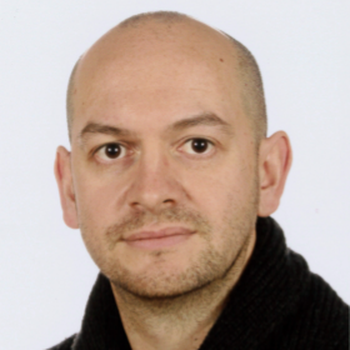 Marco Filippi | Energy Plus Project |
| 11.55 Uhr | Fragen und Antworten | |
|
|
Zu Session 12
|



